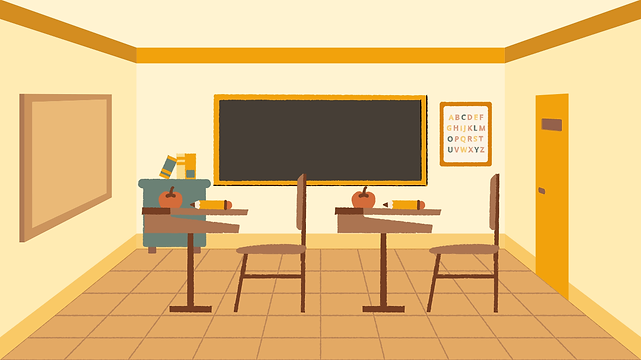top of page
14 Effective Ways to Meet the Individual Needs of Students
Teaching

14 Effective Ways to Meet the Individual Needs of Students
As an experienced teacher, I've learned that every student is unique and learns differently. It's our job to create a classroom where everyone feels challenged and supported. Here are some of my favorite ways to meet the individual needs of my students:
Differentiation & Instruction:
- Learning Styles: Not all students learn the same way. Some learn best by seeing, others by hearing, and others by doing. I try to use a mix of teaching methods to reach all learners. I might use videos, songs, hands-on activities, and group work to make learning fun and engaging.
- Learning Menus: Sometimes, I let students choose how they want to learn. I might create a "learning menu" with different activities, and students can pick the ones that interest them the most.
- Tiered Activities: I want to challenge all my students, even if they're at different levels. Sometimes, I'll create different versions of an assignment. Some versions might be more challenging for students who are ready for it, while others might offer more support for students who need it.
- Flexible Grouping: I like to mix up my student groups based on what we're learning. Sometimes, I'll group students by skill level so they can work on specific goals. Other times, I might group them by interest or learning style.
- Learning Stations: Learning stations are a fun way to differentiate! I set up different areas in the classroom with different activities. Students can move from station to station, learning in a way that works best for them.
- Technology Integration: Technology can be a great tool for meeting individual needs. There are programs and apps that can provide personalized lessons, adaptive assessments, and more.
- Student-Led Learning: Giving students choices and ownership in their learning is so important. I try to offer opportunities for project-based learning, where they get to explore topics that interest them. I also encourage peer tutoring, where students help each other learn.
Assessment & Feedback:
- Formative Assessments: I don't just rely on big tests. I like to check in with my students often to see how they're doing. I might use quick quizzes, exit tickets, or just observe them during class to see if they're understanding the material.
- Diagnostic Assessments: At the beginning of a new unit, I like to use pre-tests or other diagnostic tools to see what students already know and what they need help with. This helps me plan my lessons.
- Rubrics & Checklists: I always give my students clear expectations for assignments. I might use rubrics or checklists so they know exactly what they need to do to be successful.
- Specific Feedback: When I grade student work, I don't just give a letter grade. I provide specific feedback, pointing out what they did well and where they can improve.
- Self-Assessment: I encourage students to reflect on their own learning. I might ask them to set goals for themselves or think about what they can do differently next time.
- Portfolios: Portfolios are a great way for students to showcase their work and see how much they've grown over time.
Classroom Management & Support:
- Positive Classroom Culture: I believe that a positive and supportive classroom environment is essential for learning. I try to create a space where everyone feels safe, respected, and valued.
These are just a few of the ways I try to meet the individual needs of my students. It takes effort and planning, but it's so rewarding to see my students thrive when they feel challenged and supported!
bottom of page